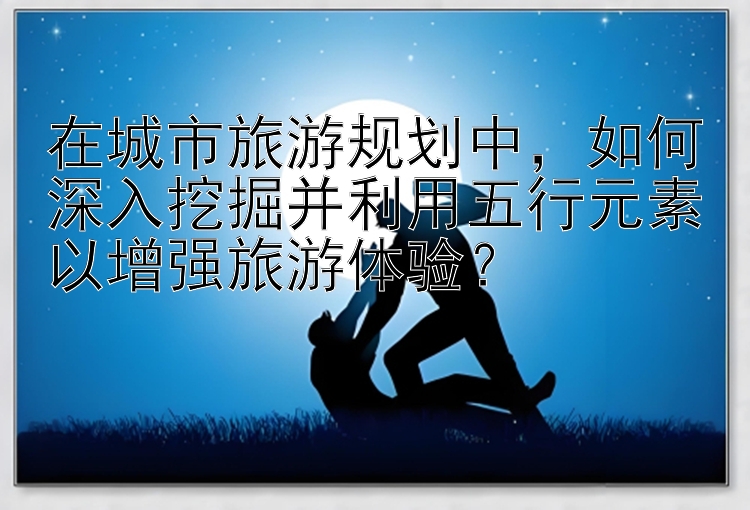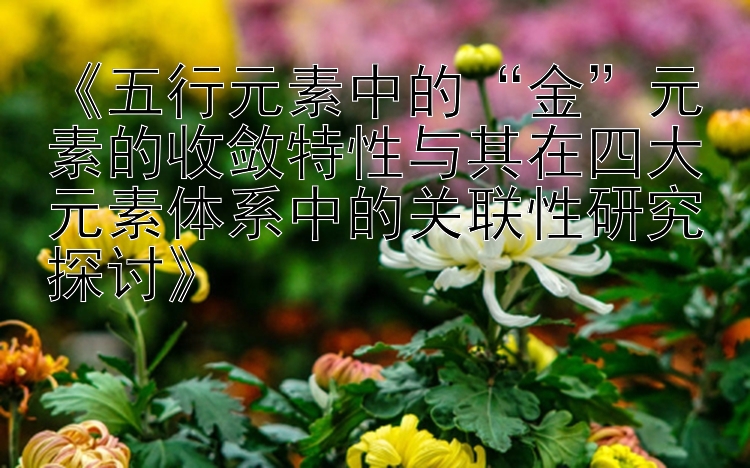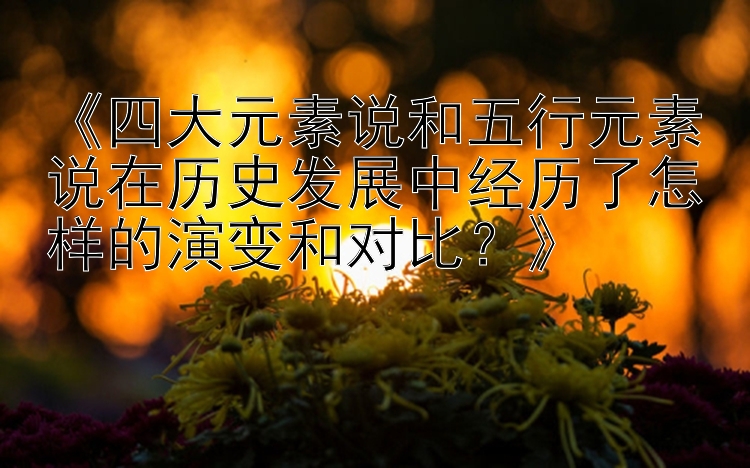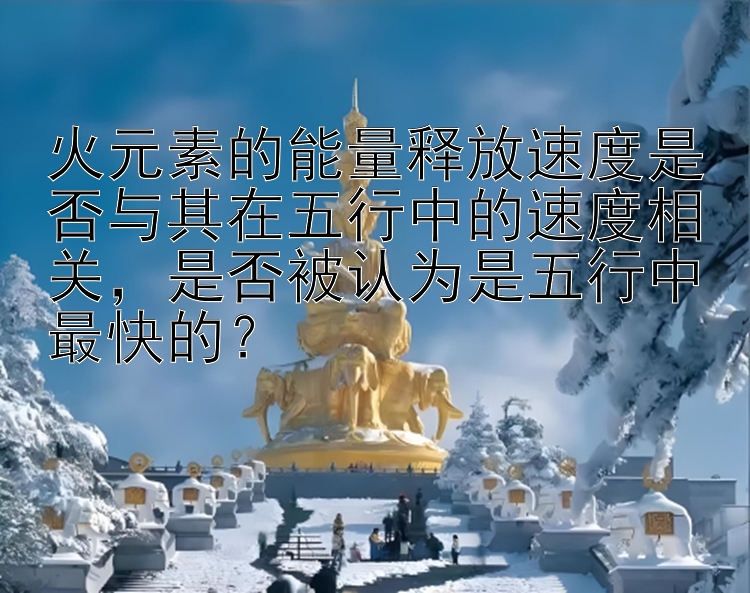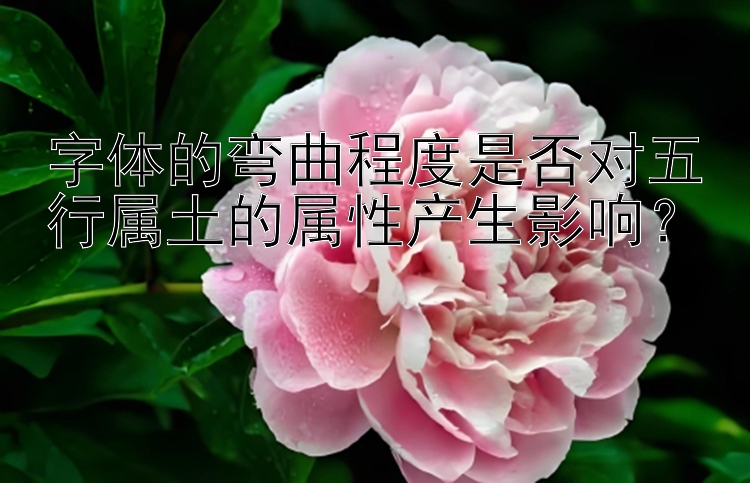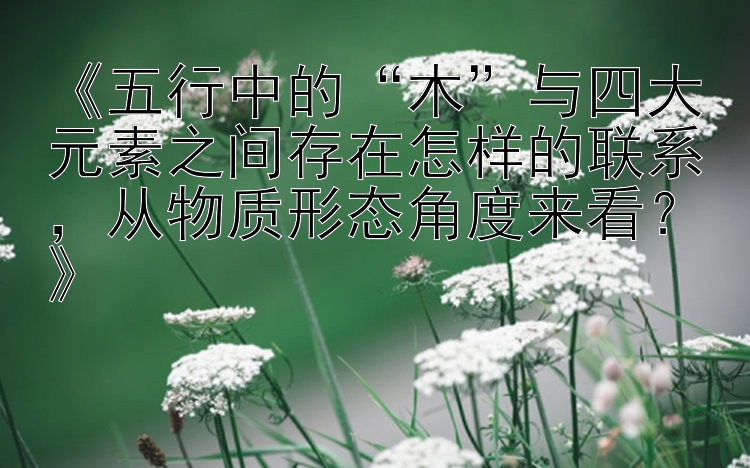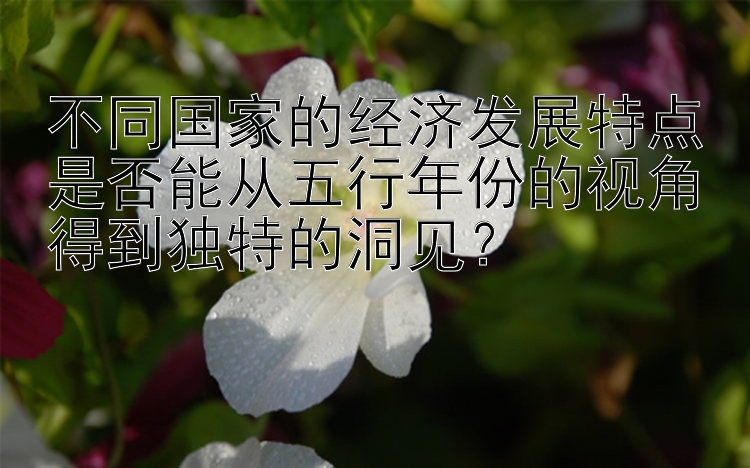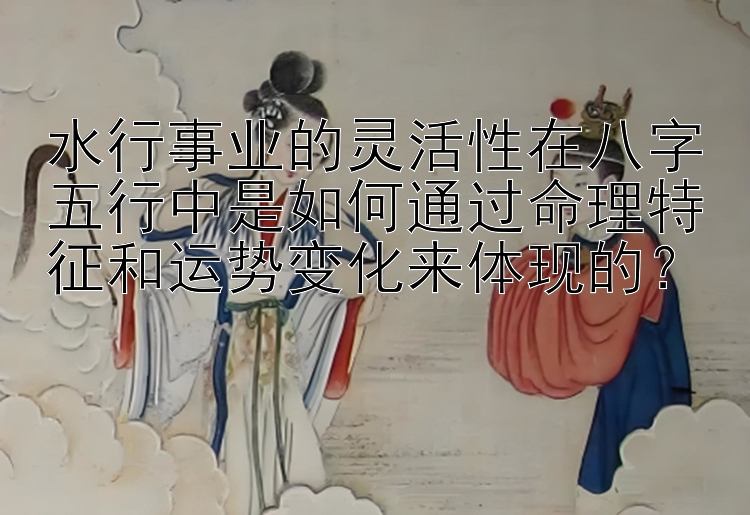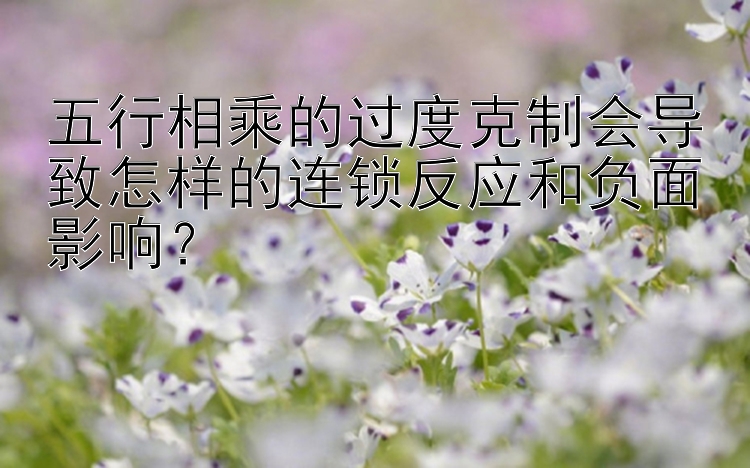《探索五行相互作用之奥秘》
2024-10-27
来源:
先关五行
在古代中国哲学中,五行(Wǔ Xíng)理论是一种基础而又深刻的思想体系,它通过金、木、水、火、土五种元素的相生相克关系来解释宇宙万物的生成与演变。这五个基本要素不仅构成了物质世界的框架,也代表了不同的能量形式和精神属性。本文将带你深入探讨五行之间的复杂关系以及它们在日常生活中的应用。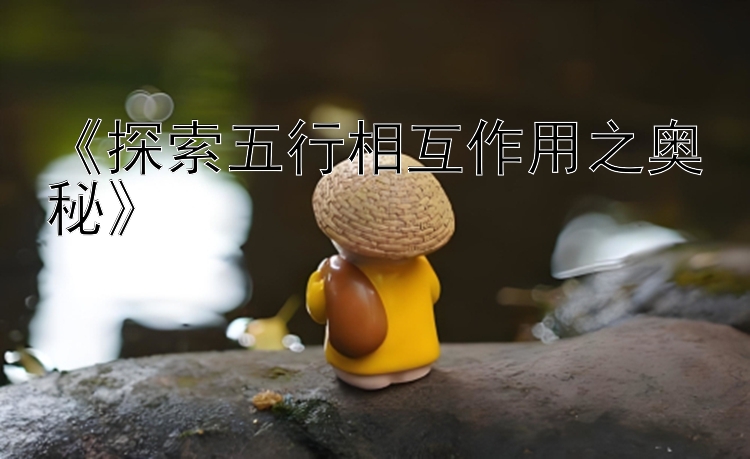
五行的基本概念
- 金 (Jīn) – 象征着坚固、稳定和收敛的能量。它代表着秋天的季节,意味着收获和结束。
- 木 (Mù) – 代表生长、创新和发展的力量。它在春季达到顶峰,标志着新的开始和生机勃勃的季节。
- 水 (Shuǐ) – 具有流动性和适应性的特点。它对应于冬季,表示潜藏和滋养的力量。
- 火 (Huo) – 象征着热情、活力和创造力的能量。它在夏季最为旺盛,代表着燃烧的热情和旺盛的生命力。
- 土 (Tǔ) – 是万物生长的基础,代表着稳定和支持的力量。它位于四季的中心点,是所有生命的基础。
五行的相生相克关系
- 相生 (xiāng shēng): This is a harmonious and supportive relationship where one element gives rise to another:
- Wood feeds Fire;
- Fire creates Earth;
- Earth nurtures Metal;
- Metal sharpens Water;
-
Water nourishes Wood.
-
相克 (xiāng kè): This is a more challenging, but necessary balance where one element controls or restrains another:
- Metal cuts Wood;
- Wood impedes Earth;
- Earth absorbs Water;
- Water extinguishes Fire;
- Fire melts Metal.
在风水中的运用
在风水中,五行被用来平衡环境中的能量流,以实现和谐的生活和工作空间。例如,使用特定的颜色、材料和装饰品可以帮助增强或 reduce certain elements in an environment:
- 颜色: Each element has its own associated color: green for wood, red for fire, yellow for earth, white/silver for metal, black/blue for water.
- 方向: Each element also corresponds with a direction: east for wood, south for fire, center for earth, west for metal, north for water.
- 物品: Specific items can be placed around the home or office to bring about desired effects based on personal needs and feng shui analysis. For example, placing objects made of a particular material such as bamboo (wood) or crystals (earth) might help enhance those energies if they're needed.
